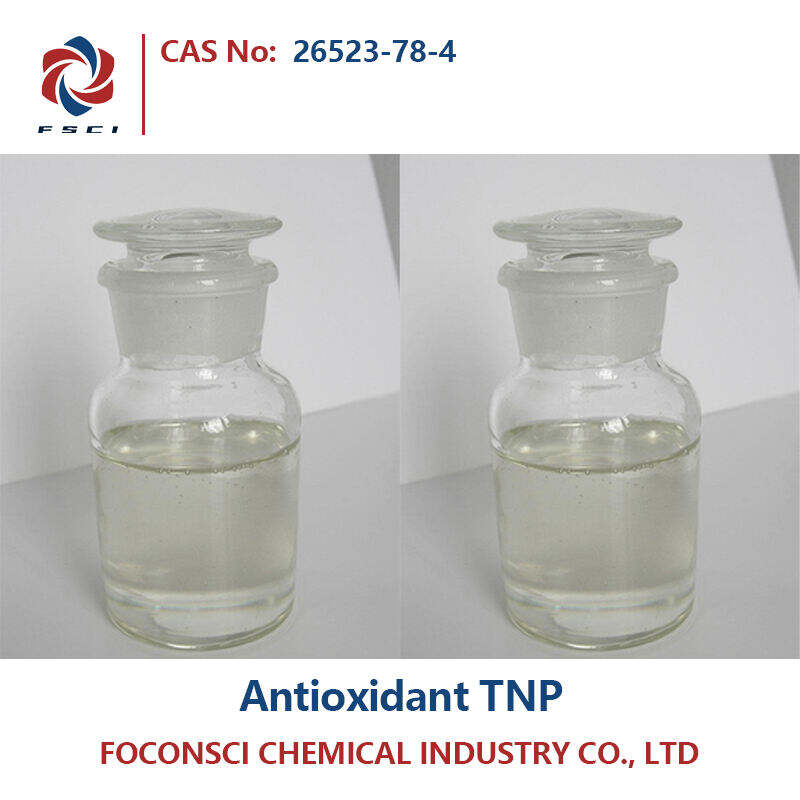One of the concerns is whether a plasticizer and an antioxidant that have been chosen will be compatible and this is very important on the performance and processing efficiency of the polymer materials.
1. Chemical Compatibility: When incorporating a plasticizer and an antioxidant, it is important to consider their chemical reactiveness with each other and with the main polymer.
2. Performance Synergy: Choose combinations that will allow the plasticizers and the antioxidants to complement each other in the overall performance of the polymer, such as some plasticizers may offer partial physical barriers against oxygen and minimize the burden on antioxidants.
3. Processing Conditions: The technology of your manufacturing processing may impose certain compatibilities as well. For example, high temperature processes may need some antioxidants which can tolerate the conditions without being reduced.
Regulatory and Safety Considerations
Any chemical additives should, however, be guided with the relevant regulatory and safety considerations. This makes the end-product to be fit for purposes for which it is intended and conforms to the required industry standards.
1. Regulation Compliance: It has to be confirmed that the findings are applicable to the requirements of local and international regulations. For example, the plasticizers, and anti-oxidation agents in food packaging industry have more guidelines than that of other industry.
2. Toxicity and Environmental Impact: Use plasticizers and antioxidants which have low toxicity types and environmentally safe to protect both consumers and conservation goals.
3. Certifications and Testing: Seek for the additives which have been proved effective in rigorous certifications and testing for their application beams safety and performance.
Cost Efficiency and Supplier Reliability
Always confined to consider cost importance, one should never go for the least cost option as this is not the most cost efficient in the long run.
1. Cost-Benefit Analysis: Analytics needs to be done on the factors of costs to the extent that some additional costs of the additives are justified by increased product quality and lifespan. For example, it might be propositioned that the use of more costly additives will lead to savings through longer lifespan of the product.
2. Supplier Reputation: In cases where you seek dependable materials, where there is competent technical support, it is important to consider using the services of good suppliers. Wise suppliers always enhance the variability of products quality, stabilities of products and market support, which are crucial to one’s formulations’ improvement.
3. Supply Chain Stability: Go and check if your supplier is able to have constant or regular supply in order not to interrupt your quests in production processes.
Estimating Compatibility and Synergy
One of the concerns is whether a plasticizer and an antioxidant that have been chosen will be compatible and this is very important on the performance and processing efficiency of the polymer materials.
4. Chemical Compatibility: When incorporating a plasticizer and an antioxidant, it is important to consider their chemical reactiveness with each other and with the main polymer.
5. Performance Synergy: Choose combinations that will allow the plasticizers and the antioxidants to complement each other in the overall performance of the polymer, such as some plasticizers may offer partial physical barriers against oxygen and minimize the burden on antioxidants.
Regulatory and Safety Considerations
Any chemical additives should, however, be guided with the relevant regulatory and safety considerations. This makes the end-product to be fit for purposes for which it is intended and conforms to the required industry standards.
4. Regulation Compliance: It has to be confirmed that the findings are applicable to the requirements of local and international regulations. For example, the plasticizers, and anti-oxidation agents in food packaging industry have more guidelines than that of other industry.
5. Toxicity and Environmental Impact: Use plasticizers and antioxidants which have low toxicity types and environmentally safe to protect both consumers and conservation goals.
6. Certifications and Testing: Seek for the additives which have been proved effective in rigorous certifications and testing for their application beams safety and performance.
Cost Efficiency and Supplier Reliability
Always confined to consider cost importance, one should never go for the least cost option as this is not the most cost efficient in the long run.
4. Cost-Benefit Analysis: Analytics needs to be done on the factors of costs to the extent that some additional costs of the additives are justified by increased product quality and lifespan. For example, it might be propositioned that the use of more costly additives will lead to savings through longer lifespan of the product.
5. Supplier Reputation: In cases where you seek dependable materials, where there is competent technical support, it is important to consider using the services of good suppliers. Wise suppliers always enhance the variability of products quality, stabilities of products and market support, which are crucial to one’s formulations’ improvement.
6. Supply Chain Stability: Go and check if your supplier is able to have constant or regular supply in order not to interrupt your quests in production processes.


 EN
EN
 AR
AR
 BG
BG
 HR
HR
 CS
CS
 DA
DA
 NL
NL
 FI
FI
 FR
FR
 DE
DE
 EL
EL
 HI
HI
 IT
IT
 JA
JA
 KO
KO
 NO
NO
 PL
PL
 PT
PT
 RO
RO
 RU
RU
 ES
ES
 SV
SV
 TL
TL
 IW
IW
 ID
ID
 LV
LV
 LT
LT
 SR
SR
 SK
SK
 VI
VI
 HU
HU
 TH
TH
 TR
TR
 GA
GA
 CY
CY
 KA
KA
 LA
LA
 MN
MN
 KK
KK
 LB
LB


